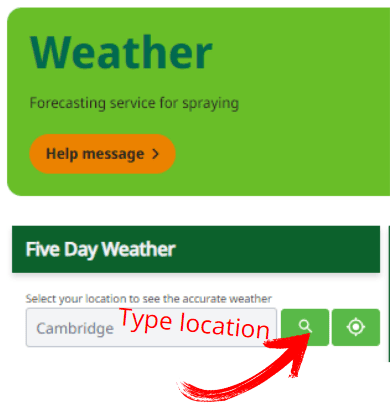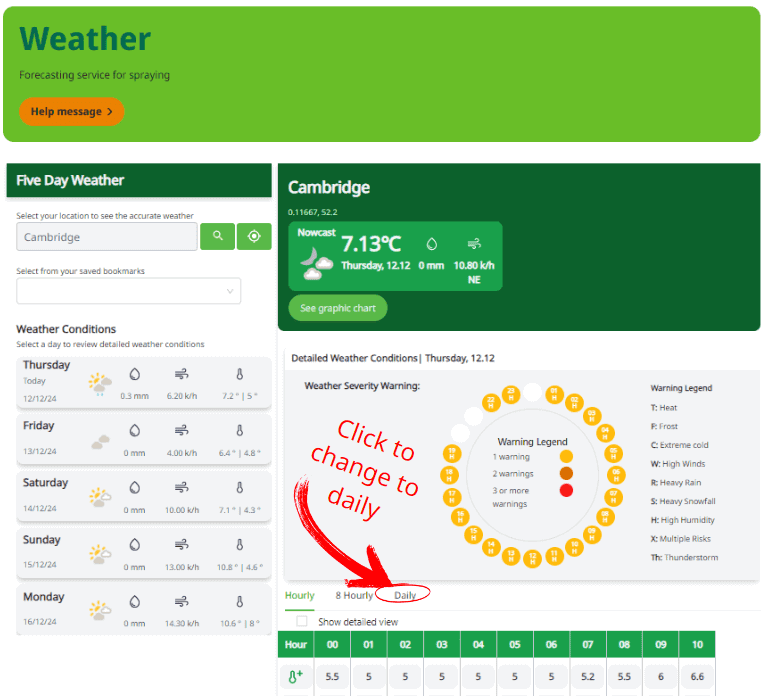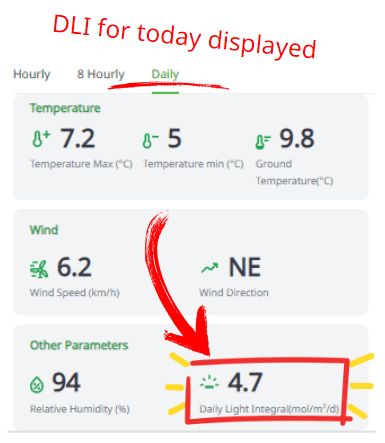Glenn and Henry will be talking about light in the next On the Horizon episode, do have a listen if you are just hearing about this now…
The episodes not out yet, but I have a confidential informant that leaked the scoop.
Light
Super important for grass, along with all plants to have light to convert CO2 + Water into sugars.
No light = no plants
But as with everything we talk about in the blog, there is a goldilocks’ zone, and too much light is damaging to plant tissues.
On the next On the Horizon episode the guys will introduce the concept of DLI (Daily Light Integral) – a measurement of how much light you get in a day.
When I think about quantifying light, and light intensity I do get a mild headache, a bit like if I’ve looked at the sun.
So it’s great to have a simpler way to think about this concept, which is fairly abstract in our daily lives.
Light levels will fluctuate depending on a number of parameters:
- Location of site
- Time of year
- Day length
- Cloud cover
- Haze
« Was it sunny today? » « yes » might be the answer – but it doesn’t really say if it was sunny all day non stop, or we lost some light due to cloud cover or haze.
Light intensity is, if we think in terms of rainfall (bear with me here!) like, how many mm of rain her hour.
You can have very intense rain showers, and very sunny morning.
But that doesn’t allow you to capture the meaning of what occurred.
For rainfall you need daily rainfall total « 10mm rain today ».
For light DLI is looking promising, if you had a ‘rain gauge’ which could collect sunlight (not possible, but sounds great) DLI would be the total amount of light which had ‘fallen’ on the turf that day.
Localised shade is not brought into the calculation as it’s going to be site specific, but it roughly halves the DLI value compared to an unshaded area.
Why are you telling me this?
With a measurement like DLI we can start to measure things.
Things which can support important agronomic decisions.
On the high side, too much light at your site can mean you need to apply products like Ryder to protect from light damage.
On the low side, some grass types may not be able function at certain sites due to not enough DLI to keep them going.
More to come on this in a later blog but Poa annua needs a DLI of roughly 5 to be ok, creeping bent needs roughly 30.
You can already see how that’s going to affect what will and won’t grow well at some sites, and more especially on a shaded tee or green where that headline DLI needs to be halved….
Plans are afoot to build this « DLI » metric into the TurfAdvisor app as a module, so it’s super easy to work with.
Reach out to myself of Glenn if you think it would be useful!
For now we’ve added DLI to the Syngenta turf website.
Instructions below to find it, as it’s a little tucked away…
But for those who haven’t been on the weather page for a while it’s been updated and some great things on there.
Here’s how to find weather page on the Syngenta Turf website – Step 1 (when you’re on the website www.syngentaturf.co.uk)

Step 2 – Add your location

Step 3 – Switch to daily

Step 4 – Hey presto, your DLI is displayed!

Reach out or drop a comment if you want to know more, and we can deep dive into DLI in another blog …


